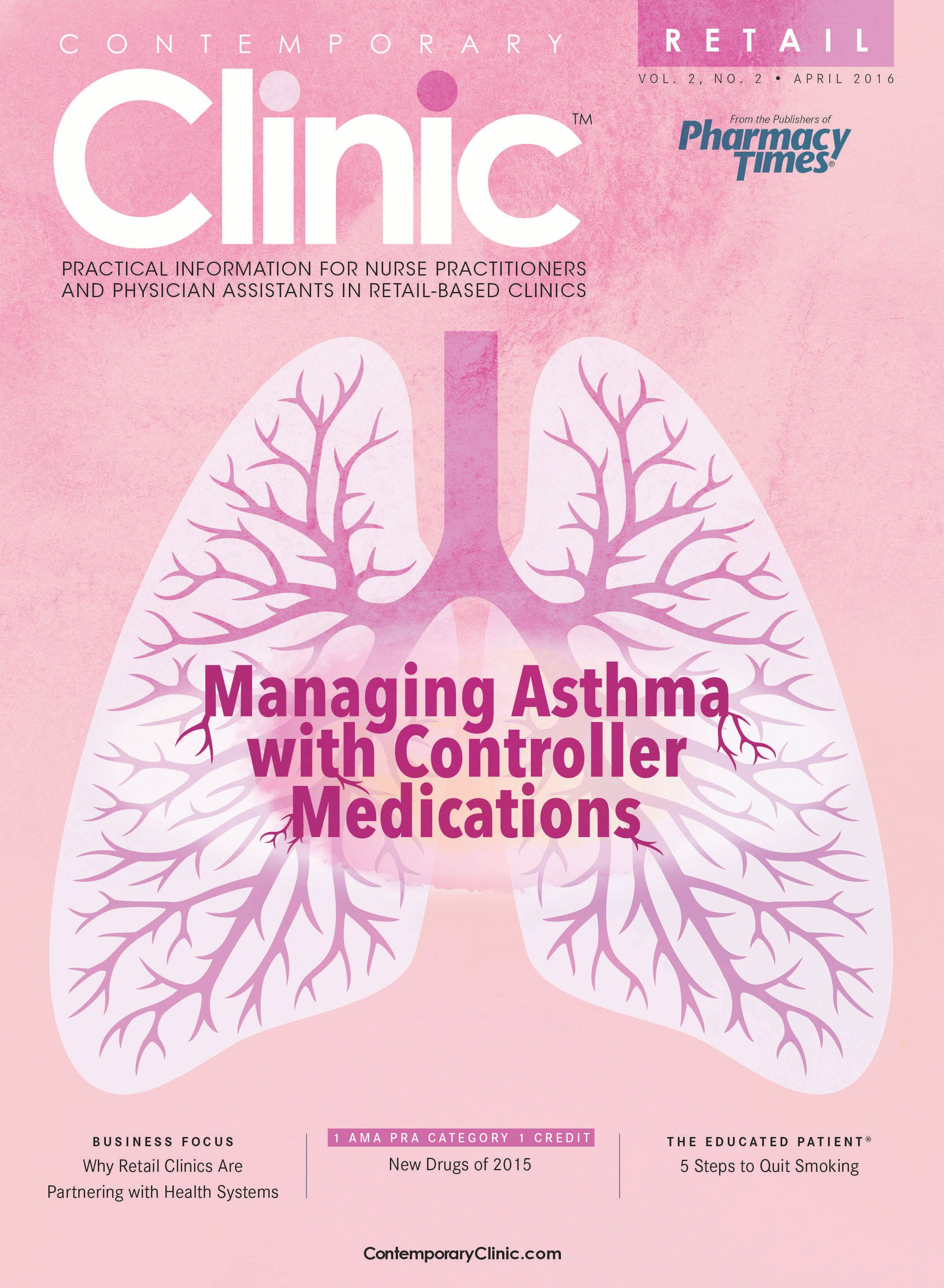Does Physical Therapy Timing Make a Difference in Treating Back Pain?
Current guidelines recommend delaying referrals for physical therapy, in part because previous research found that early aggressive therapy contributed to higher health care costs and did not seem to make significant improvements for patients.
Current guidelines recommend delaying referrals for physical therapy, in part because previous research found that early aggressive therapy contributed to higher health care costs and did not seem to make significant improvements for patients. A recentJAMAstudy adds to that body of evidence, as it found that early physical therapy for low back pain seems to make only modest improvements that do not lead to significant differences compared with usual care.
Researchers from the University of Utah in Salt Lake City recruited and randomized 220 patients with low back pain into 2 treatment groups to determine the effect that early physical therapy has on improving disability. The 18-to-60-year-old study participants had no back pain within the previous 6 months, an Oswestry Disability Index score of at least 20, and symptom duration of less than 16 days. Each patient received education before being randomized to early physical therapy (108 patients) or usual care (112 patients). The early physical therapy group attended 4 physical therapy sessions while the usual care group received no additional interventions over the first 4 weeks of the program.
The researchers found that after 3 months, the early physical therapy group showed improvement in disability measures compared with the control group. However, the researchers noted there was no significant difference in disability between the groups at the 1-year follow-up. In addition, pain intensity did not vary at the 4-week, 3-month, or 1-year follow-up interviews between the 2 treatment groups. Any differences found between the populations were modest, the investigators said.

